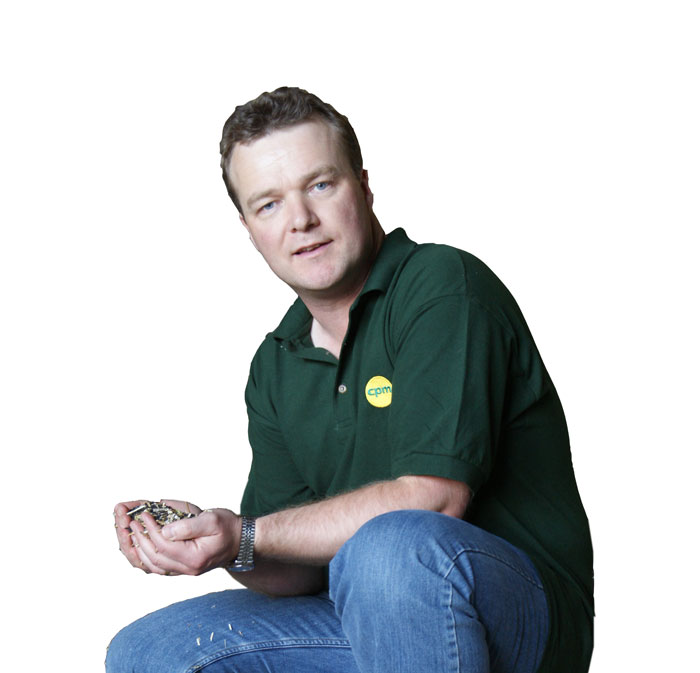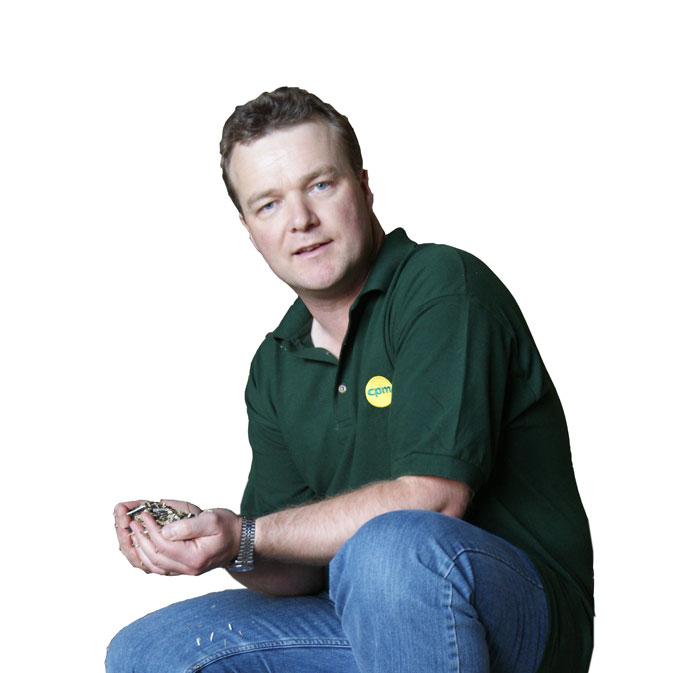 Let’s get two things absolutely crystal clear in this debate over soils: our soils are not in a “crisis” of “catastrophic decline”, and yet another government quango full of Guardian-reading do-gooders will do nothing to effect positive change if they were.
Let’s get two things absolutely crystal clear in this debate over soils: our soils are not in a “crisis” of “catastrophic decline”, and yet another government quango full of Guardian-reading do-gooders will do nothing to effect positive change if they were.
I am fed up with these harbingers of doom who beat us over the head and tell us that, thanks to the annual ravages we apparently wreak on our soils, we’re depleting their integrity at a rate that will give us 100, or possibly just 60 harvests left.
We’re not. And frankly these fussbudgets insult the intelligence of right-minded arable farmers by their insinuations. They also conveniently pass over the incontrovertible truth that those very same arable farmers successfully, year after year, produce the nation’s food from those very same soils. And if these were declining at a “catastrophic” rate, so too would our ability to put food on the nation’s plates.
Why’s this important? Because Government is in the process of deciding how the nation’s “natural capital” will be resourced. If we’re not careful, it’ll be up to the likes of Dieter Helm, Rebecca Pow, Baroness Young and Patrick Holden to dictate how funding is directed, fuelled by polemics from George Monbiot.
Worse still, this funding is likely to come, not from the public purse, but from what’s regarded as a true application of the polluter pays principle. In other words, Government intends to fine farmers it believes are Cultivation Culprits and use the proceeds to reward what it thinks are Soil Saviours.
Now I’m not entirely sure which one of these camps I fall in. But frighteningly, it doesn’t really matter what I, or even a professional advisor may feel. Because, as things stand, it’ll be Guardian readers who decide, and that is the real crisis here. That’s the chasm of doom arable farmers face, unless and until we find a voice, dispel the lies and show Government a truly credible and sustainable way forward.
Make no mistake, however, we must change. And that change could be transformational and could be gloriously positive. It is beholden on every one of us to question what we do, and nothing should be taken for granted. So “my soils don’t self structure”, “I can’t work my soils in the spring”, “you need at least three passes before you have a seedbed”. Really?
One of the privileges of being editor of the UK’s leading magazine for arable farmers (and thanks to those of you who confirmed in a recent independent survey that CPM retains that title) is that you get to visit inspirational farmers who question, step outside the norm and lead change as a result. These are the true Soil Saviours – the ones who led the min-till revolution, put strip-tilling into positive practice and turned no-till from an orgy of slugs into a sustainable solution.
There are also plough pioneers and bed-forming enthusiasts – it’s a world away from Whitehall, but politicians and public officials must be shown there’s more to the art of shaping a soil than they can possibly comprehend. It’s very dangerous to build a rewards or penalty system that doesn’t account for the vast complexity of our soils and management systems, and it would be shockingly irresponsible to allow the woefully unqualified to lead it.
For myself, I have a very good illustration of a failed soil on my farm. Regular readers will know I have a quarry that is currently being restored to “agriculture”. The soil is now in place, and as I walk over this lifeless, meaningless mass of grit and particles, I wonder if it will ever sustain an agricultural system – where will the worms come from, the fungi and bacteria, let alone the organic matter they’ll need to feed on?
It does really make me appreciate the value of the soils I have elsewhere on the farm. They’re not great and I’m determined to improve them. But every spit of soil I dig up in my fields has more life, more heart, simply a better smell, than a whole acre of the dull, limp stodge that drips off the spade down in the quarry. That’s the soil that’s in crisis – not the vibrant, productive ones, that farming shaped through generations of diligence and care.
What’s worse is that the quarry’s “restoration to agriculture” is a planning matter. This process has no input from anyone qualified in soils whatsoever. As the quarry’s owner, I am allowed minimal input. Instead I look on helplessly as this slow car crash unfolds, and blindingly stupid decisions are made, not because it’s in the quarry’s long-term interest, but because the planning system has been shaped by Guardian readers and public officials who’ve lost sight of what really matters. Please, please, please don’t let the same thing happen to agriculture.
Tom Allen-Stevens has a 170ha arable farm in Oxon, and any suggestions for alternative, non-agricultural uses of the quarry would be most welcome.




